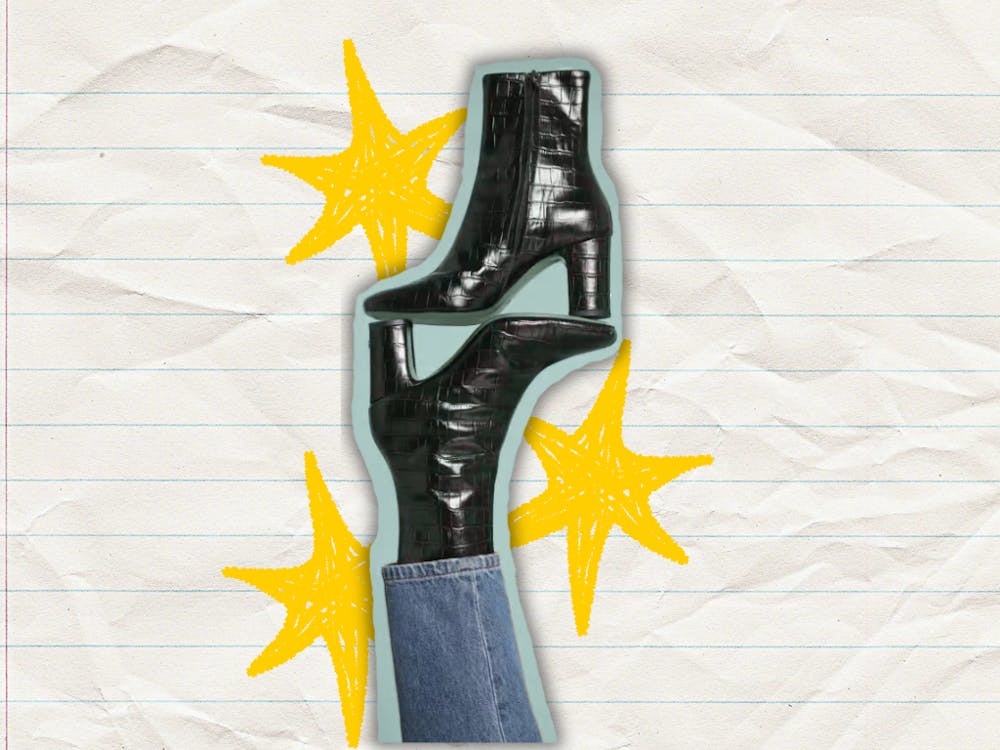The first on-schedule Met Gala since 2019 happened at the Metropolitan Museum of Art in New York City on Monday evening. The gala coincided with the opening of the second part of the museum’s Costume Institute’s two-part “In America” exhibit. The first part, which debuted last September, was subtitled “In America: a Lexicon of Fashion,” and the corresponding gala’s theme was “American Independence.”
This year’s gala celebrated the opening of the new part of the exhibit, subtitled “An Anthology of Fashion.” The theme was “Gilded Glamour,” referring to the Gilded Age of American history. This period was from 1870 to 1900, when the country saw rapid economic growth as well as stark wealth inequality between the newly rich and the millions of immigrant workers who came to America during that time.
Most of this year’s attendees only followed the theme in the “glamour” sense, referencing the “gilded” part only through pops of gold. And even though many social media commenters groaned at the lack of references to Gilded Age high fashion, this loose adherence was probably for the better. I mean, would it really have been that exciting to see a crowd of the wealthiest people in the world today dressed up as the wealthiest people in the world from 150 years ago?
That being said, some attendees were able to make historical references without looking like they were wearing a costume. Actor Riz Ahmed wore a navy blue workwear set from NYC label 4SDESIGNS with tall rubber work boots as a tribute to the millions of immigrant workers who came to the U.S. during the Gilded Age. Ahmed’s look was smart, as was Blake Lively’s, whose flowing mass of copper fabric cascaded into a massive sea foam green train, evoking the image of the Statue of Liberty.
But the looks that really stood out did so because they were simply beautiful, not because of any magic tricks or hidden messages. Megan Thee Stallion stunned in a pair of golden angel wings from Moschino. Gunna looked chic and classy in a tuxedo and gold-embellished overcoat from Thom Browne, with a matching bag shaped like a tuxedoed dachshund (for which he created an Instagram page). GQ’s Will Welch wore a custom suit from Chrome Hearts, mixing the event’s formal dress code with American rock n’ roll flair.
All three of these ensembles came from American designers, as did many of the other best looks of the night. The high fashion landscape is dominated by European brands, so for the two America-themed Met Galas to actually shine a spotlight on the legacy and influence of American fashion is important. I was pleased to see so many looks from American brands like Thom Browne, Ralph Lauren, Off-White, Prabal Gurung and a couple designs from up-and-coming American designers Peter Do, Bode and Bach Mai.
But again, these looks weren’t good just because they were American. It’s because they were unfussy, effortless and just nice to look at. In other words, it’s hard to care about how exact someone’s interpretation of the theme was or wasn’t when everyone looked so good.
Fashion, which to many people is superficial, often has to go through the added chore of telling the audience why they should care about it. Especially at the Met Gala, which is probably the largest pop culture event at which fashion is the top priority, designers often seem to be straining to create “meaning” for those who don’t take fashion seriously in the first place.
This is sometimes done through ham-fisted social commentary (look at AOC’s “TAX THE RICH” dress from last year), or through gimmicks, which are usually a bit too on-the-nose to be satisfying (see Megan Rapinoe’s brash red, white and blue ensemble for last year’s “American Independence” Gala).
But good fashion does not have to follow a strict prompt in order to be worth looking at. It doesn’t have to tell us how to solve the world's problems, or contribute to whatever relevant socio-political discourse in order for it to be meaningful. In fashion, the meaning is beauty itself. And when it’s done well, beauty is enough.



